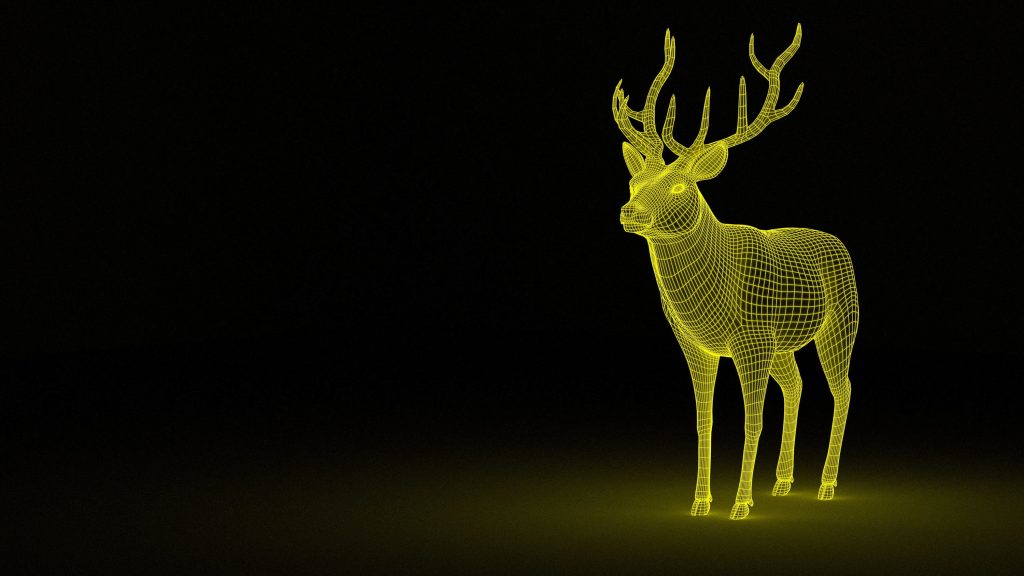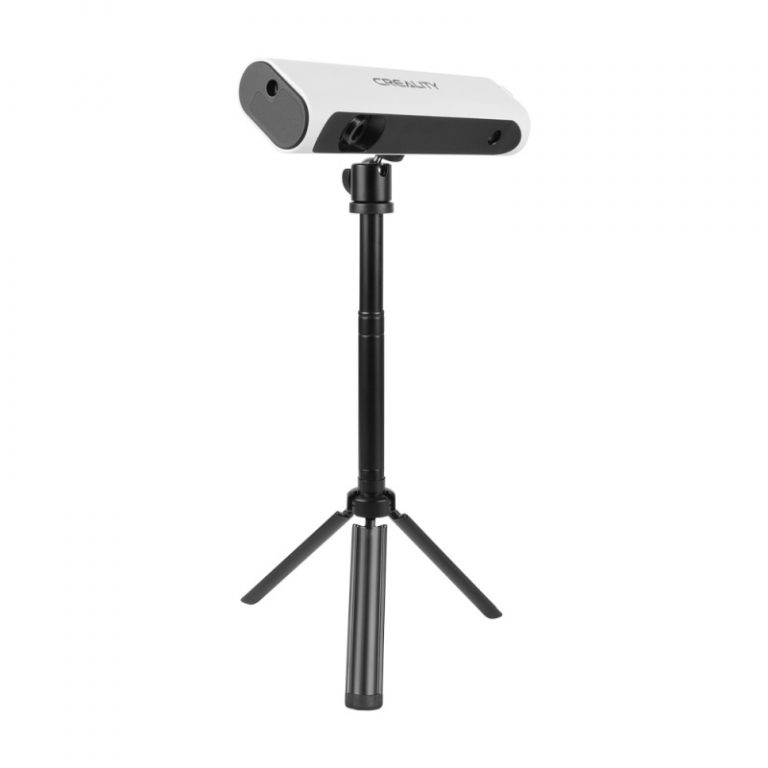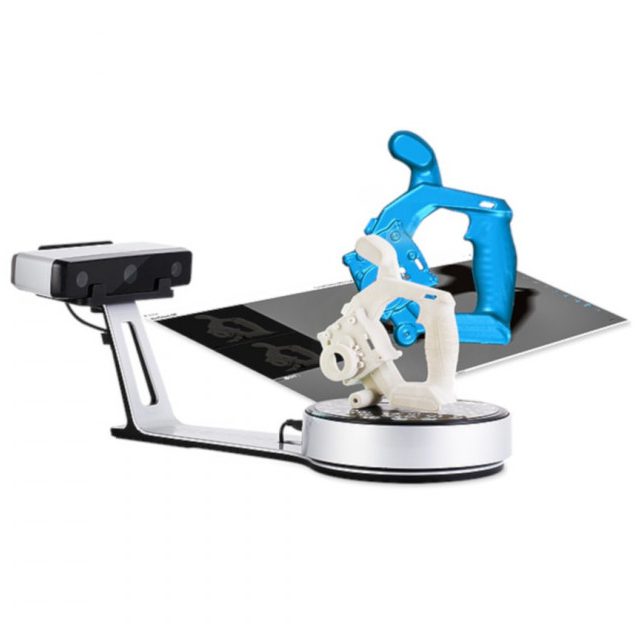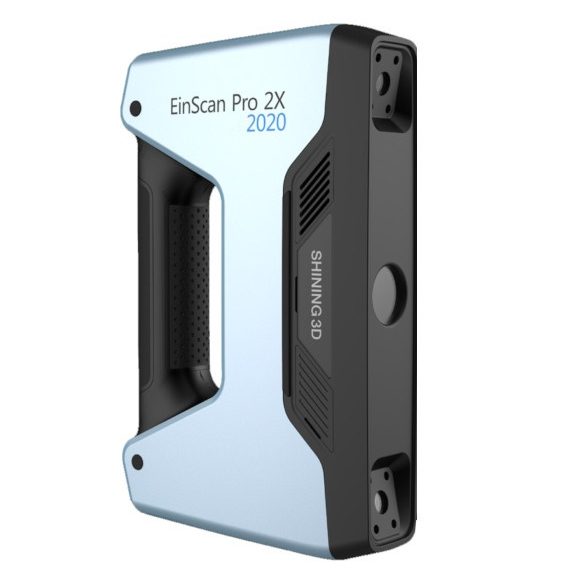Table of Contents:
What benefits does a 3D laser scanner provide?
It’s no secret that even the most advanced 3D printers are of little use if they don’t have high-quality 3D models at their disposal. This is particularly evident in professional applications, where it is extremely important to maintain the right dimensions or proportions.
As a result, companies employ a whole host of designers whose job it is to model to a specific technical specification. However, in many cases, the issue of 3D design can be approached in a different way by using a 3D laser scanner.
It is a special device which, using lasers (or other technologies), thoroughly scans the examined object, reading all its physical dimensions. Then, the data obtained in this way are analysed by special software, with the help of which the information is transformed into a fully three-dimensional model. Different models use different scanning methods – and you could also learn about this from previous articles on our blog.
In this way, a 3D laser scanner can scan virtually any object within minutes, taking into account its shape, external dimensions, retained tolerances and its full geometry. This significantly speeds up the progress of work, and also makes it easier for the designer to produce three-dimensional models.
Types of 3D scanners
There are many technologies on the market for 3D scanning of objects. They differ in ease of use, speed of operation, accuracy and dimensions of the devices themselves.
One of the most common devices is the 3D laser scanner, which uses a laser beam to read the dimensions of a given object. The reflected light is then analysed by the device, thus creating a three-dimensional model.
Another type is scanners based on so-called structured light. These use LED lamps that illuminate the object to be scanned, while a photosensitive sensor reads the geometry of the object.
It is also worth mentioning photogrammetry, a family of software that allows you to turn an ordinary smartphone into a 3D scanner. Android as an operating environment is a great example of this. All you need to do is download a special application to your phone, which will enable 3D scanning with the help of a built-in camera.
However, this technology has many limitations, which is why it is mainly used for amateur 3D scanning and modelling. So which scanner should you choose for more professional use?
Creality CR-Scan 01
The Creality brand is best known for producing FFF/FDM printers in the Ender family. However, the Chinese company also has its own 3D scanner in its offer. The CR-Scan 01 is a product aimed at the hobbyist sector, although its quality also allows it to be used in semi-professional companies.
The CR-Scan 01 can be used as a handheld 3D scanner or mounted on a tripod, allowing 360° scans of objects. The dimensional reading resolution is 0.1 mm and the maximum size of a single scan is 378 x 536 mm.
The device is also suitable for face scanning, as its sensor and LED lamp are completely harmless to the human eye.
Shining 3D EinScan SE
EinScan SE is a scanner proposal from Shining 3D, which has been specialising in solutions in the field of additive technologies and 3D modelling for many years.
EinScan SE scanner is addressed to small and medium-sized enterprises, which expect high accuracy of produced scans while maintaining ease of use.
The presented device has a single scan accuracy of 0.1 mm, and the maximum dimension of the scanned object is 700 x 700 x 700 millimetres.
In addition, EinScan SE is also able to scan the texture of the object, which significantly facilitates further processing of the obtained model.
Shining 3D EinScan Pro 2X
The EinScan Pro 2X is another great product to come out of the EinScan factory. The device can be used both as a handheld and stationary scanner, which provides it with a number of possibilities.
Its accuracy also deserves to be praised – EinScan Pro 2X reads data of the examined object with a resolution of up to 0.04 mm, which is one of the better results among comparable devices available for purchase on the market.
How useful was this post?
Click on a star to rate it!
Average rating 0 / 5. Vote count: 0
No votes so far! Be the first to rate this post.























